Art Analysis
Art Analysis
- (i)
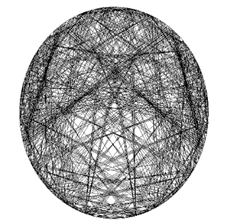 II.
II. III.
III. 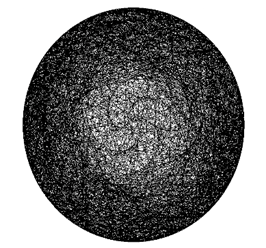
IV.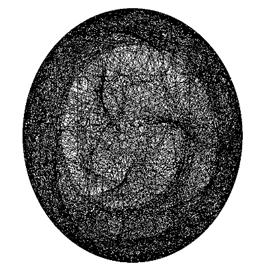 V.
V.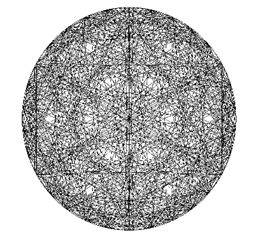 VI.
VI. 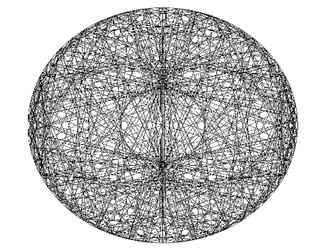
This art by Priyav Kaneria is a digital art and algorithms form of Fibonacci Sequence of sequence symmetry in asymmetry I-VI. With the digital world around us, artists such Kaneria often use algorithms to generate art based on mathematical principles, including the Fibonacci Sequence (Fibonacci sequence in art - using the Fibonacci spiral in art). Kaneria wrote a code that generates images with Fibonacci-inspired patterns and structures. I noted that the artist began by designing algorithms that are motivated by the Fibonacci Sequence in order to produce these works of art I-VI). These algorithms use the Fibonacci Sequence's numerical progression to specify placement of pieces, color schemes, and visual element sizes, among other compositional factors. Notably, the Fibonacci Sequence offers a compelling framework for bringing symmetry in an asymmetrical situation because of its intrinsic order and expansion (Fibonacci sequence in art - using the Fibonacci spiral in art). The artist gives a feeling of order and predictability to the artworks by using this sequence as a guiding concept, while also allowing for the formation of unexpected and asymmetrical patterns.
Each piece of art in the "Sequence Symmetry in Asymmetry I-VI" series offers a unique perspective on how sequence symmetry and asymmetry interact. The visual study uses color, form, and size to illustrate the conflict between symmetry and asymmetry, order and chaos (Kaneria, 2023). In Kaneria’s piece of art, for instance, have a focal part that is sized according to the Fibonacci Sequence, but the surrounding elements are to varied degrees asymmetrical. Viewers are encouraged to consider the relationship between mathematical accuracy and artistic spontaneity as a result of this juxtaposition, which establishes a visual dialogue between the structured and the unstructured.
The result of this creative process produces a number of fascinating and complex patterns that dance around the circle's perimeter. Each pattern is an expression of the underlying mathematical sequence that has been altered and rendered visible via the use of programming and art. These patterns are the result of mathematical accuracy and artistic expression rather than chance, demonstrating the close relationship between mathematics and aesthetics. Additionally, after review of the patterns, I noted that they convey the fundamental characteristics of symmetry. The balance, proportion, and harmony seen in an object or design are referred to as symmetry, a notion that has its roots in both mathematics and art (Kaneria, 2023). In Kaneria’s art, the patterns created by joining the circle's points display many types of symmetry, including rotational symmetry as the turtle moves along its path and radial symmetry around the circle's center.
As such various mathematical sequences, like the previously discussed Fibonacci Sequence, are based on the fundamental idea of symmetry. Every number in the Fibonacci Sequence is the sum of the two numbers before it, exhibiting a special type of symmetry. The Fibonacci Spiral, also known as the Golden Spiral, is created by this recursive pattern and is a symbol of both natural beauty and mathematical elegance.
https://www.museumor.com/artwork/friend-generator
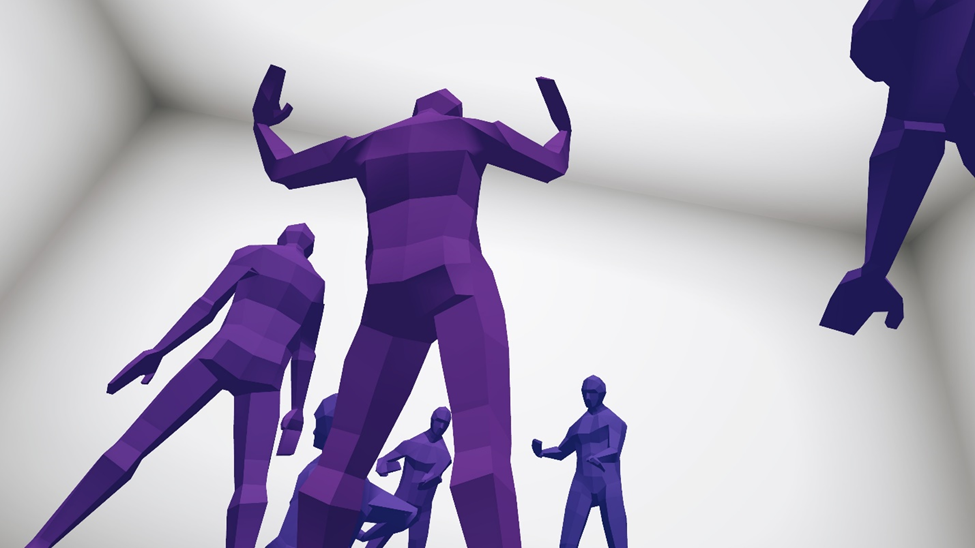
The art "Friend Generator," portrays an artistic homage to Dan Graham's "Time Delay Room 1." This is an iconic piece of video art from the 1970s. The original artwork by Graham used video feedback to provide a delayed, fragmented mirror of the viewer, questioning their sense of self (Media Art Net, 2023). Waite and Han recreate and develop this idea in homage to Graham's ground-breaking investigation of the influence of technology on self-perception (Friend generator by friend generator: MOR).
In this art, we can note how blending of technology and human experience has created new opportunities for artistic expression and introspection in the field of modern art. This dynamic interplay between art, technology, and human perception is exemplified by Aidan Waite and David Han's "Friend Generator," a mixed reality interactive art project. Waite and Han's project, which was inspired by "Time Delay Room 1," a video art installation by Dan Graham from 1974, not only pays respect to Graham's ground-breaking work but also broadens its investigation of how technology affects self-perception (Media Art Net, 2023).
After reviewing the art, I learnt that it emerges as a dynamic conversation between the past and the present, the analog and the digital. The installation is essentially an enlargement and recreation of Dan Graham's famous "Time Delay Room 1." Graham's initial work challenged viewers' perceptions of time and self by using visual feedback to create a disorienting and transformational experience. By utilizing contemporary technologies, particularly Unity, to replicate and reinterpret Graham's vision, "Friend Generator" honors this legacy. By doing this, it continues the discourse Graham started about time, drawing spectators into a conversation that spans the years between the two pieces.
This temporal dialogue's interactivity is made possible via the art “Friend Generator." As they go around the installation, participants change their experience of reality by acting as active agents in the artwork. Real-time interactions made possible by the integration of Unity let users interact with their environment and interact with virtual versions of other people and themselves (Friend generator by friend generator: MOR). . The various versions of themselves that viewers encounter as they move about the area cause them to feel dislocated and lost. Participants are prompted to consider how technology affects their self-perception as a result of this disorientation, which is reminiscent of Graham's initial work.
The art is fundamentally an in-depth investigation of the human body and how it impacts the way we perceive the world. The artwork emphasizes how much information our bodies can communicate and how essential our physical identities are to how we see the world. The importance of our physical presence might be forgotten in a society that is increasingly mediated by screens and digital interfaces. The art "Friend Generator" serves as a reminder of the value of the real world and how it shapes our perception of the virtual world (Friend generator by friend generator: MOR).
The idea that our bodies are information storage facilities is made plain by art by providing a setting where viewers can encounter earlier iterations of themselves. Participants are encouraged to reevaluate the information contained in their gestures, motions, and interactions. The artwork challenges viewers to consider how technology shapes and affects how they perceive their bodies through this process. This poses significant issues regarding identity, self-perception, and the influence of technology on our life.
In conclusion, this art work is a mixed reality interactive art that broadens its investigation of how technology mediates our experience of ourselves and the outside world. The art invites audiences to consider the complex interplay between the physical and the digital in our modern lives through amusing engagement, temporal discussion, and a profound analysis of the importance of the body. Art installations like "Friend Generator" serve as potent reminders of the lasting value of our physical bodies and the importance of self-reflection in the age of technology as we continue to navigate an increasingly digital environment
References
Fibonacci sequence in art - using the Fibonacci spiral in art. (n.d.). https://artfilemagazine.com/fibonacci-sequence-in-art/ Friend generator by friend generator: MOR.
Home. (n.d.). https://www.museumor.com/artwork/friend-generator
Kaneria, P. K. (2023a, September 9). “sequence symmetry in asymmetry” – priyav K kaneria (2023). The Glitch Gallery. https://glitchgallery.org/sequence-symmetry-in-asymmetry/
Media Art Net. (2023, October 8). Media art net: Graham, Dan: Time delay room. Medien Kunst Netz. http://www.medienkunstnetz.de/works/time-delay-room/